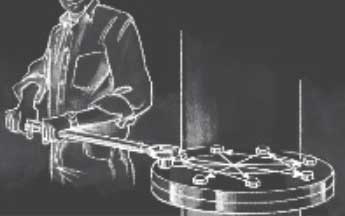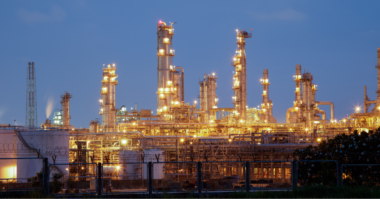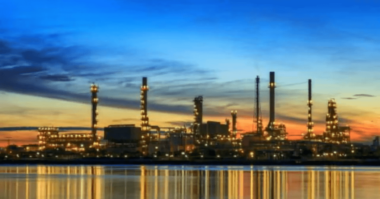Successful sealing of a flanged connection depends upon many elements of a well-designed flanged system working well together. Here is a summary, which should serve as a guideline for maintenance operators, engineers, and fitters in order to ensure successful gasket installation and assembly of bolted flange connections.
TOOLS REQUIRED
Special tools are required for cleaning and tensioning the fasteners. In addition, always use standard safety equipment and follow good safety practice. Prepare the following equipment prior to installation:
- Calibrated torque wrench, hydraulic or other tensioner,
- Wire brush,
- Lubricant,
- Helmet and safety goggles,
- Other plant-specified equipment.
1. Clean and examine
Remove all particles and debris from seating surfaces, fasteners (bolts or studs), nuts, and washers. Use plant-specified dust control procedures. Examine fasteners (bolts or studs), nuts, and washers for defects such as burrs or cracks. Examine flange surfaces for warping, radial scores, heavy tool marks, or anything prohibiting proper gasket seating. Replace components if found to be defective.
2. Align flanges
Align flange faces and bolt holes without using excessive force. Report any misalignment.
3. Install gasket
Verify if the gasket is of the specified size and material. Carefully insert gaskets between the flanges. Make sure the gasket is centred between the flanges. Do not use “jointing compounds”, graphite, grease or release agents on the gasket or seating surfaces. Bring flanges together, ensuring the gasket isn’t pinched or damaged.
4. Lubricate load-bearing surfaces
Use only specified or approved lubricants. Liberally apply lubricant uniformly to all thread, nut, and washer load-bearing surfaces. Ensure lubricant doesn’t contaminate either flange or gasket face.
5. Install and tighten bolts
Always use proper tools: calibrated torque wrench or other controlled-tensioning device.
Consult our Technical expert or use the Gasket calculation software DON for guidance on torque specification.
Always torque nuts in a cross bolt-tightening pattern (as pictured at the top of this article). Tighten the nuts in multiple steps:
step-1. Tighten all nuts initially by hand. (Larger bolts may require a small hand wrench.)
step-2. Torque each nut to approximately 40% of full torque.
step-3. Torque the nuts to approximately 70% of full torque.
step-4. Torque each nut to full torque, again using the cross bolt-tightening pattern. (Large-diameter flanges may require additional tightening passes.)
step-5. Apply at least one final full torque to all nuts in a clock-wise direction until all torque is uniform. (Large-diameter flanges may require additional tightening passes.)
6. Retightening
Do not retorque elastomer-based, asbestos free gaskets after they have been exposed to elevated temperatures unless other- wise specified. Retorque fasteners exposed to aggressive thermal cycling. All retorquing should be performed at ambient temperature and atmospheric pressure.
STORING GASKETS
Industrial gaskets consist of various materials, which are subjected to ageing, weathering, oxidation, etc. Aging causes decreasing of the mechanical properties of gaskets. For this reason storage under the following conditions is recommended:
- Ambient temperature of storage – move away from heaters
- Dark storage room – move away from direct sunlight
- Dry atmosphere
- Avoid areas where electric discharge appears – ozone production
- The gaskets must lie horizontally – avoid hanging on hooks or folding which could cause cracking
* Avoid storing gaskets for more than two years.

RELATED ARTICLE: WHY USE GASKETS WITH ANTI-STICK COATING?
If you have any questions about installing a gasket in the field, post your question in the Industry Forum!





Comments